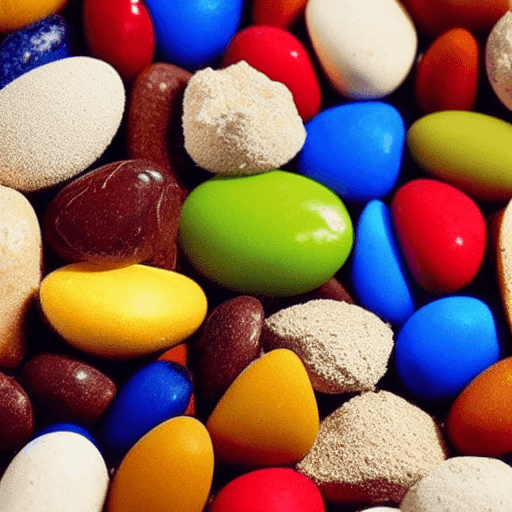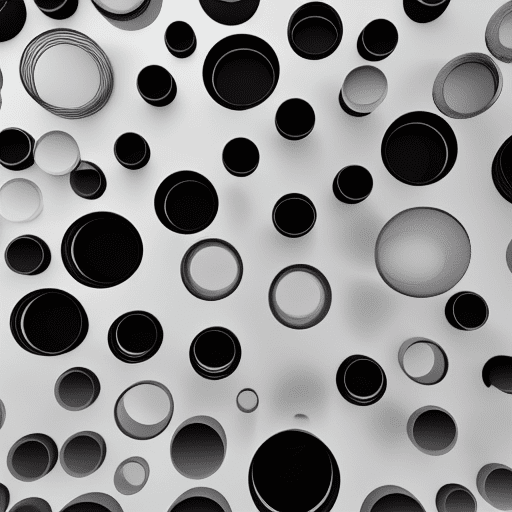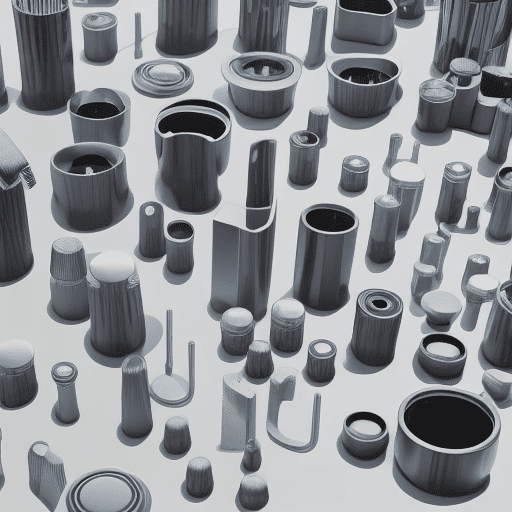What is a Homogeneous Mixture
Looking for a definition of what is a homogeneous mixture, and to better understand what they are?
Today we’ll discuss what makes a mixture homogeneous and how it differs from other types of mixtures.
We’ll also provide some examples so that you can better understand this concept.
Stay tuned – it’s about to get all science-y up in here!

A homogeneous mixture is a type of mixture in which the elements are uniformly dispersed throughout the entire mixture.
Explain It To A Child
A homogeneous mixture is a type of mixture in which the composition is uniform throughout. This means that all of the ingredients are evenly distributed.
This means that you can’t visibly see any separation of the elements when you look at the mixture. For example, if you were to mix salt and sugar together, they would form a homogeneous mixture because you can’t see any salt granules or sugar crystals once everything is mixed together.
What is a homogeneous mixture and what are its key characteristics?
A homogeneous mixture is a mixture in which the composition is uniform throughout.
In other words, all of the ingredients are evenly distributed.
This contrasts with a heterogeneous mixture, in which the ingredients are not evenly mixed. There are several key characteristics of homogeneous mixtures.
- First, they are usually liquids or gases. This is because it is easier for the ingredients to be evenly distributed in these states.
- Second, homogeneous mixtures tend to be stable. That is, they remain uniform over time and do not separate into their component parts.
- Finally, homogeneous mixtures can often be reversibly transformed into their component parts. For example, salt water can be separated into salt and water by evaporating the water.
These three characteristics – being a liquid or gas, being stable, and being able to be reversed – are what distinguish a homogeneous mixture from other types of mixtures.
How does a homogeneous mixture differ from other types of mixtures?

There are several ways in which homogeneous mixtures can differ from other types of mixtures.
For example, they can be gases, liquids, or solids, while heterogeneous mixtures can only be solids or liquids.
Additionally, homogeneous mixtures are usually easier to create and more stable than heterogeneous mixtures.
Finally, homogeneous mixtures can often be separated into their individual components using simple methods like filtration or distillation, while heterogeneous mixtures typically require more complicated processes.
Give some examples of everyday objects that are homogeneous mixtures
Every day, we encounter countless homogeneous mixtures.

Examples include air (a mixture of nitrogen, oxygen, and other gases), milk (a mixture of water, fat, protein, and lactose), and orange juice (a mixture of water, fructose, and citric acid).
Another common example is salt water, which is a mixture of sodium chloride and water.
Other examples include blood (a mixture of plasma and cells) and steel (an alloy of iron and carbon).
In each of these cases, the different components of the mixture are evenly distributed throughout the entire sample.
This contrasts with heterogeneous mixtures, in which the components are not evenly mixed.
For instance, the soil is a heterogeneous mixture of sand, clay, organic matter, and water.
Similarly, a salad is a heterogeneous mixture of lettuce, tomatoes, carrots, and dressing. In both cases, it is easy to see and separate the different components of the mixture.
How to create a homogeneous mixture
A homogeneous mixture is one in which the composition is uniform throughout.

- To create a homogeneous mixture, the first step is to choose the desired ingredients. Once the ingredients are selected, they must be combined in a container such as a jar or a bottle.
- Next, the container must be shaken or stirred until the ingredients are thoroughly mixed.
- The final step is to allow the mixture to sit for a period of time so that any air bubbles can rise to the surface and escape.
Homogeneous mixtures are commonly used in science and industry, and knowing how to create them is a valuable skill.
With a little practice, anyone can master the art of creating homogeneous mixtures.
How can you tell if a mixture is homogeneous or not
The best way to determine if a mixture is homogeneous is to perform a simple test.
First, take a small sample of the mixture and place it on a glass slide.
Next, add a drop of water to the slide and observe the mixture carefully. If the two substances remain separate, then the mixture is heterogeneous.
However, if the two substances seem to blend together, then the mixture is homogeneous.
This test can be used to identify different types of mixtures, including solutions, alloys, and emulsions.
With a little practice, anyone can quickly learn to tell the difference between a homogeneous and heterogeneous mix.
What are the benefits of using a homogeneous mixture?
The benefits of using a homogeneous mixture include the fact that it is easy to prepare and store, and the fact that it can be easily transported from one location to another.
Additionally, a homogeneous mixture is easy to use, since the dissolved particles are evenly distributed and do not settle out over time.
Finally, a homogeneous mixture is often more stable than a heterogeneous mixture, meaning that it is less likely to undergo chemical reactions that could alter its properties.
As a result, homogeneous mixtures are often used in industrial and medical settings where it is important to maintain a stable product.
Article Sources
Jacks of Science sources the most authoritative, trustworthy, and highly recognized institutions for our article research. Learn more about our Editorial Teams process and diligence in verifying the accuracy of every article we publish.
